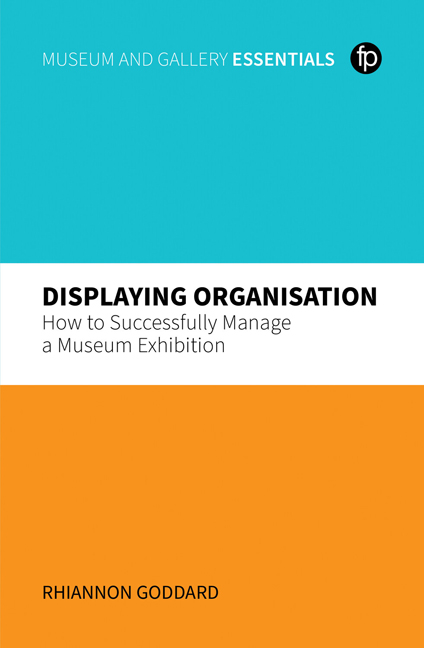Book contents
- Frontmatter
- Dedication
- Contents
- Figures, Tables, Boxes and Case Studies
- About the Author
- Acknowledgements
- Introduction
- PART 1 DEFINING THE PROJECT
- PART 2 PLANNING THE PROJECT
- PART 3 EXECUTING THE PROJECT
- PART 4 TRANSITION
- PART 5 EVALUATING THE PROJECT
- PART 6 KEY PROJECT MANAGEMENT SKILLS
- Bibliography
- Index
11 - Understanding and Managing Risks
Published online by Cambridge University Press: 14 October 2023
- Frontmatter
- Dedication
- Contents
- Figures, Tables, Boxes and Case Studies
- About the Author
- Acknowledgements
- Introduction
- PART 1 DEFINING THE PROJECT
- PART 2 PLANNING THE PROJECT
- PART 3 EXECUTING THE PROJECT
- PART 4 TRANSITION
- PART 5 EVALUATING THE PROJECT
- PART 6 KEY PROJECT MANAGEMENT SKILLS
- Bibliography
- Index
Summary
Introduction
This chapter is all about how to manage the problems that come up when you are managing a project. Some of these you will be able to resolve easily; others will require a team effort. The cornerstone of good project management is to have a system to record and deal with risks, and to anticipate and plan for them. No project is risk free and no project ever goes entirely to plan. From elements you may have forgotten about in your project plan, to issues that arise when you are on site that you haven't accounted for, something will go wrong, but you won't have failed if you are prepared and have set up, in advance, a way of dealing with these issues.
Risk appetite
Before you can manage the risks on your project you will need to understand the museum's attitude to risk. Just as in personal life, each museum will have a different appetite for taking risk and different ways for dealing with and planning for changes that come its way.
The coronavirus pandemic that hit in spring 2020 put a severe test on all museums, but those that had considered how they would cope in a crisis and had systems in place to help them manage this sudden and unexpected change were able to adapt more quickly to the shocking effects of sudden closure. The effect of the pandemic was such that no risk management plan or crisis plan worked perfectly. The devastating impact of months of closure was not something that any institution could adequately guard against and led to inevitable but heart-breaking decisions to make staff redundant or, in some cases, close the doors permanently. The lesson here is that you can't plan for every eventuality, but you can plan for how you will react if the worst happens. Having good documentation in place throughout the project will help you if something unexpected does happen. If, like during the coronavirus pandemic, you are forced to stop operations on site for a period, you will need to know exactly where you are in your contracts, how much work has been completed and what money is owed to all your suppliers and contractors (see Chapter 10).
- Type
- Chapter
- Information
- Displaying OrganisationHow to Successfully Manage a Museum Exhibition, pp. 145 - 156Publisher: FacetPrint publication year: 2023



